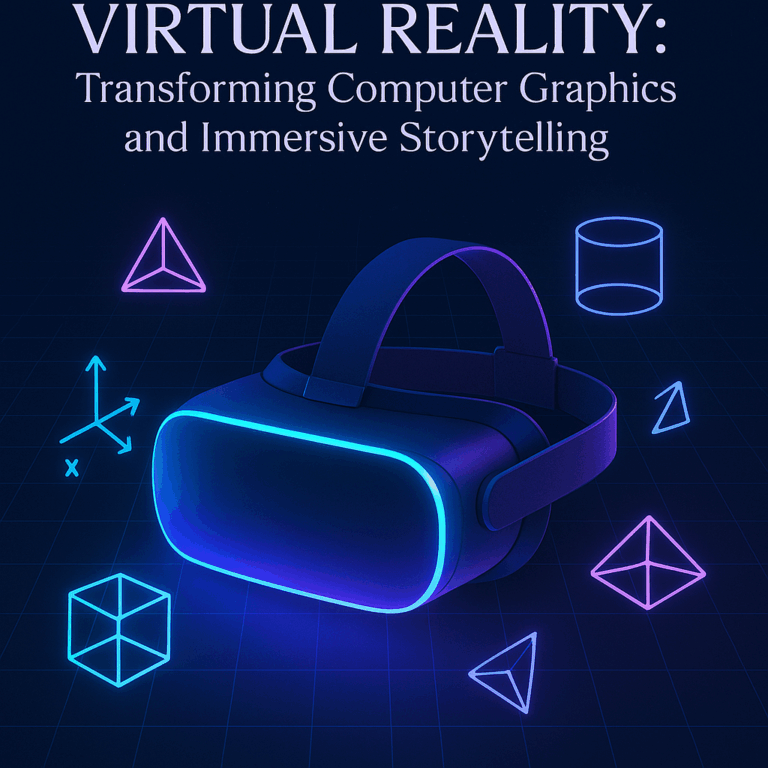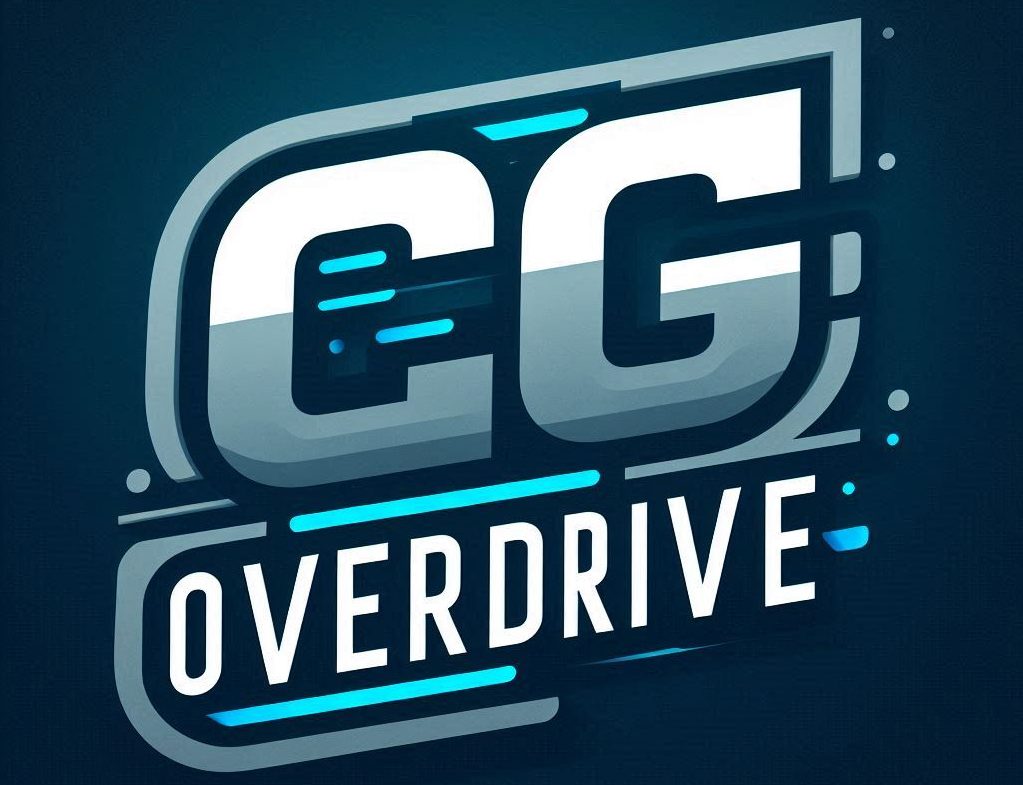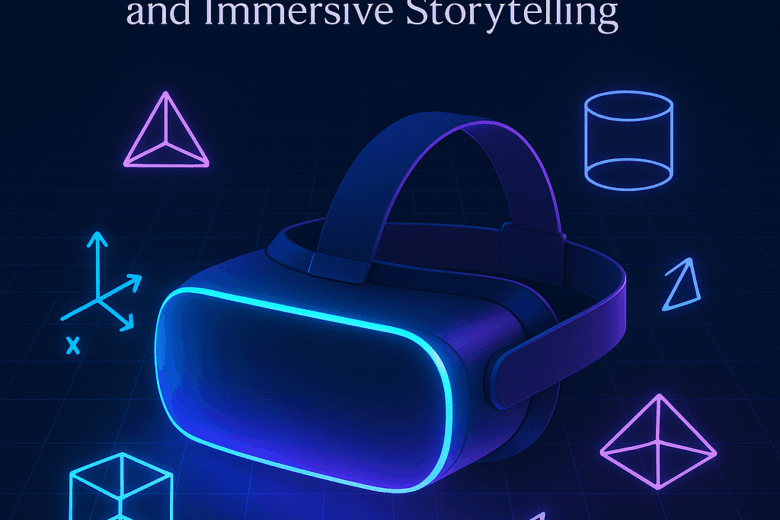Virtual Reality: Revolutionizing Computer Graphics and Immersive Storytelling
Virtual Reality (VR) stands at the crossroads of computer graphics, gaming, and visual effects, reshaping how we experience digital environments. Unlike traditional media, VR immerses users in a fully interactive, 3D rendered world, demanding unprecedented fidelity, responsiveness, and realism from computer graphics pipelines. As an expert in the realm of CG, I’m passionate about unpacking how VR’s technical and creative demands redefine the industry and unlock new storytelling frontiers.
Why VR is a Game-Changer in Computer Graphics
VR is not just another platform; it’s a comprehensive sensory shift that combines advanced rendering, spatial audio, and real-time interaction. At the heart of every VR experience is the challenge of creating believable, performant, and immersive computer graphics that maintain high frame rates (typically 90+ FPS) and ultra-low latency to prevent motion sickness and preserve immersion.
Core aspects elevating VR within CG:
– **Stereoscopic Rendering:** Dual images for each eye create depth perception, doubling rendering workload.
– **Real-Time Performance:** VR requires consistent frame delivery; dropped frames disrupt immersion.
– **High-Resolution Displays:** Sharp visuals demand detailed texture maps and complex shaders.
– **6-DOF Tracking:** Full positional tracking enables natural head and hand movements, necessitating seamless graphical updates.
Addressing these demands transforms how CG artists and engineers approach asset optimization, lighting strategies, and procedural content generation.
Advanced Rendering Techniques in VR
Rendering in VR pushes traditional computer graphics into more sophisticated territory. Techniques include:

| Technique | Purpose | Impact on VR |
|—————————–|——————————————-|———————————-|
| Foveated Rendering | Renders high detail only where the eye focuses | Reduces GPU load, improves frame rates |
| Forward Rendering | Simplifies shader complexity for performance | Maintains image quality in real-time |
| Physically Based Rendering (PBR) | Simulates realistic light-material interactions | Enhances material believability |
| Temporal Anti-Aliasing (TAA) | Smoothens jagged edges across frames | Stabilizes visuals to prevent eye strain |
Experimenting across these methods allows developers to optimize GPU resources without sacrificing graphical fidelity—a non-negotiable in VR.
Lighting and Shadows: Crafting Realism Without Sacrificing Performance
Lighting is crucial for immersivity but taxing on rendering budgets. VR practitioners balance realism with efficiency using:
– **Baked Lighting:** Precomputed lightmaps reduce real-time calculations, ideal for static scenes.
– **Dynamic Lighting:** Used sparingly for moving objects or effects, often with simplified shadow maps.
– **Ambient Occlusion Techniques:** Enhances depth perception via subtle shading without costly ray tracing.
– **Volumetric Lighting:** Adds atmospheric depth but remains a high-cost feature, reserved for key moments.
Innovating around these lighting approaches defines the quality threshold for VR experiences.
Designing Assets for VR: Optimization Without Loss of Detail
Asset creation for VR requires rethinking traditional polygon budgets and texture resolutions. Strategies include:
– **Level of Detail (LOD) Systems:** Dynamically swap models with reduced polygons based on distance.
– **Texture Atlasing:** Combine multiple textures into a single map to reduce draw calls.
– **Normal and Parallax Mapping:** Create surface detail illusions without increasing mesh complexity.
– **Procedural Textures:** Generate scalable, memory-efficient materials to maintain visual variability.
Optimized assets allow expansive, richly detailed worlds that run smoothly on diverse VR hardware.
User Interaction: Blending Visual Effects with Immersive Input
Interaction in VR extends beyond visuals, but well-designed visual feedback remains key to intuitive immersion. Insights for integrating visual effects with input modalities:
– **Hand Tracking and Controllers:** Augment physical gestures with particle effects, highlighting object manipulation.
– **Haptic Feedback Synchronization:** Visual and tactile stimuli combined enhance realism (e.g., glow or sparks at contact points).
– **UI/UX Design:** Spatial interfaces floating in 3D space require clear visual hierarchy and depth cues.
– **Eye-Tracking Integration:** Enables adaptive rendering and gaze-based interaction feedback.
Visual effects in these contexts not only enrich aesthetics but also reinforce user presence and agency.
Case Study: VR in Gaming Empowered by Computer Graphics Innovations
Gaming is one of VR’s most prolific verticals, driving CG innovation through consumer demand for high immersion and interactivity. Consider the evolution of VR games like “Half-Life: Alyx,” where:
– **Advanced physics simulations** and destructible environments leverage real-time CG capabilities.
– **Photo-realistic textures combined with PBR materials** push hardware to render believable surfaces.
– **Adaptive audio-visual cues** increase player engagement, aided by spatialized sound and layered effects.
– **Procedurally generated content** punctuates environments with unique, scalable details enhancing replayability.
Developers combining these elements exemplify how VR gaming leads CG into novel experiential territories.
Practical Advice for VR Creators in Computer Graphics
If you’re diving into VR development or want to elevate your CG projects for immersive platforms, focus on:
– **Mastering optimization techniques:** Frame consistency is king; use profiling tools to identify bottlenecks.
– **Prioritizing user comfort:** Understand factors like motion sickness; smooth, natural visuals are essential.
– **Leaning into procedural workflows:** Facilitate scalability and variation without ballooning asset sizes.
– **Collaborating cross-disciplinarily:** Align CG artists, programmers, and UX designers early to build cohesive experiences.
– **Staying abreast of hardware trends:** New devices change performance envelopes and interaction standards rapidly.
These principles empower creators to push VR’s boundaries effectively.
Future of Virtual Reality in Computer Graphics
Emerging advancements promise to revolutionize VR CG workflows and user experiences even further:
– **Real-time ray tracing implementation** in VR will deliver unparalleled lighting realism.
– **AI-driven content generation** automates environment creation and character animation, accelerating iteration.
– **Cloud streaming and edge computing** reduce local hardware constraints, enabling complex scenes on thin clients.
– **Haptic suits and full-body tracking** paired with nuanced visual effects will deepen immersion beyond headsets.
As these technologies mature, VR will become an even more fertile ground for CG innovation, transforming entertainment, education, and communication.
—
VR transcends a simple medium—it redefines how computer graphics convey space, interaction, and emotion. For professionals and enthusiasts alike, engaging deeply with VR’s unique challenges is a pathway to shaping the future of digital visual storytelling. Embrace the technical rigor and creative possibilities VR introduces, and you’re not just building graphics—you’re crafting fully realized alternate realities.

